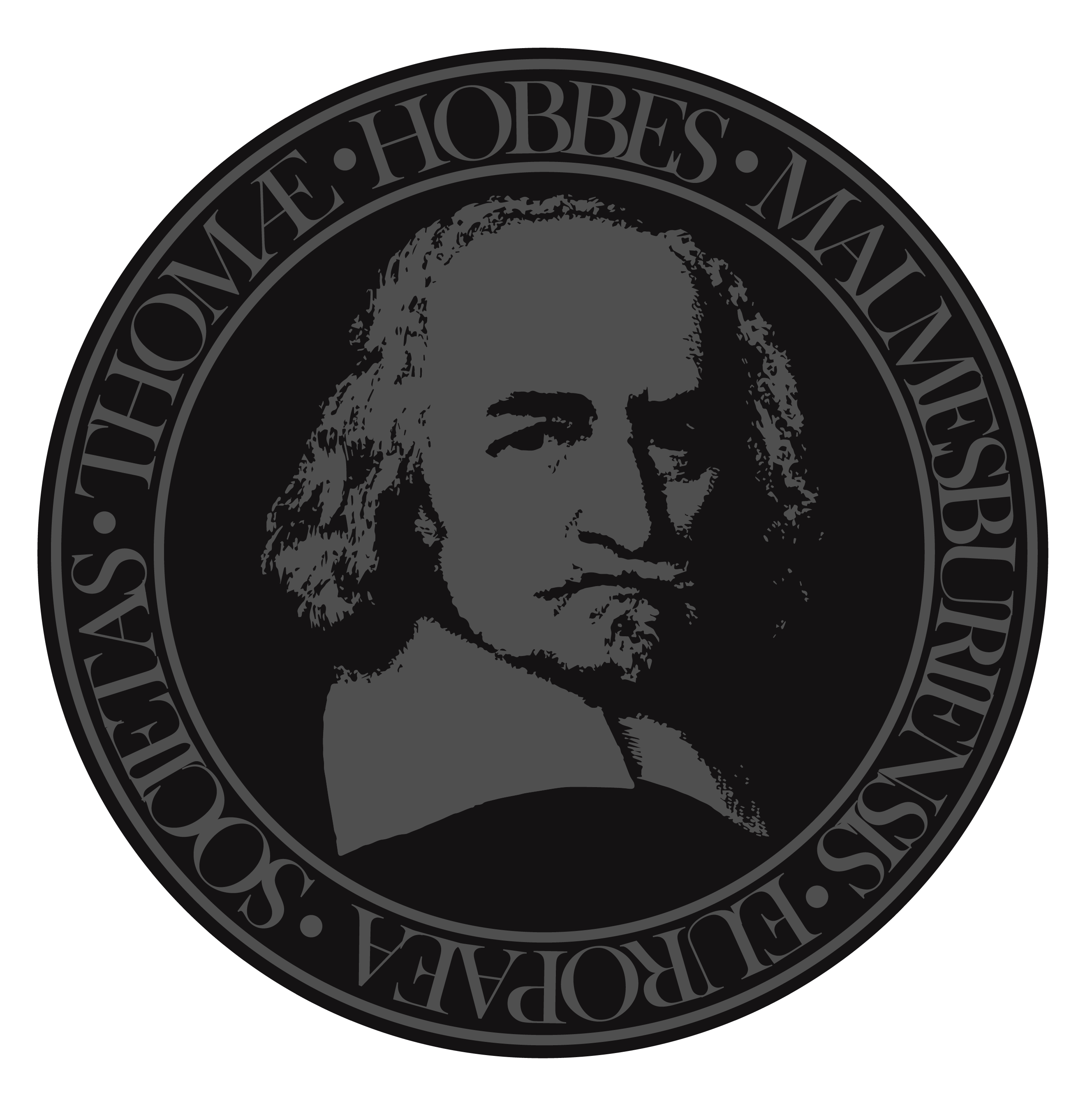Article: Hobbes’ Frontispiece: Authorship, Subordination and Contract
Janice Richardson: ‘Hobbes’ Frontispiece: Authorship, Subordination and Contract’, Law and Critique, 27, 1 (2016).
Abstract: In this article I argue that the famous image on Hobbes’ frontispiece of Leviathan provides a more honest picture of authority and of contract than is provided by today’s liberal images of free and equal persons, who are pictured as sitting round a negotiating table making a decision as to the principles on which to base laws. Importantly, in the seventeenth century, at the start of modern political thought, Hobbes saw no contradiction between contractual agreement and subordination. I will draw out these arguments by comparing three images of politics that employ the human body: Hobbes’ frontispiece is compared firstly with an earlier picture of the state, the illustration of the Fable of the Belly, and then with a later Rawlsian image of the social contract described above. At stake is Hobbes’ view of two associated concepts: authorship and authority. I argue that Hobbes’ image is a vivid portrayal of a ‘persona covert’, akin to the feme covert, a wife characterised in common law as so dominated by her husband that she is imagined as being ‘covered’ by his body.


